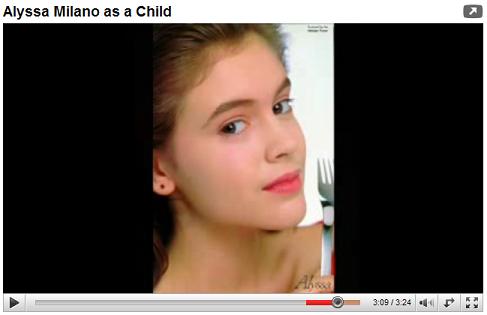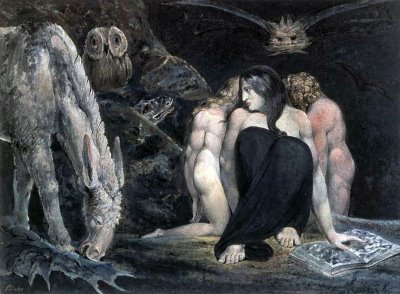"When you come to a fork in the road…"


"Four slashes of one size fits all.
It should not fit you."
— Alyssa Milano, "A Survivor's Prayer"
Milano's reference was to the hashtag symbol.
For another view of this symbol, see Pound Sign.
Some less popular "four slashes" art from Milan —

Wikipedia disambiguation page—

"When you come to a fork in the road…"

For another "shifting reality that shimmered
in a multiplicity of facets," see The Diamond Theorem.
On author Paul Fussell, who died today—
"Vincent B. Sherry, writing* in The Cambridge Companion
to the Literature of the First World War , called Mr. Fussell’s
book 'the fork in the road for Great War criticism.'"
— Christopher Lehmann-Haupt in The New York Times
"When you come to a fork in the road…"

* Actually, the writing was by James Campbell. Sherry was the book's editor.
See Campbell's "Interpreting the War," pp. 261-279 of the 2005 (first) printing.
The fork is on page 267.
Update of 9:26 PM— In the latest version of Lehmann-Haupt's article, the fork
has disappeared. But Campbell's writing is still misidentified as Sherry's.
(Where Entertainment is God, continued)
Related material— The Nexus (Jan. 8, 2010).
That post contains the following—
"A Nexus is a place equidistant from the five elements as explained in the TV series Charmed . Using this as a point of reference, it is quite possible that there could be several Nexus points of power scattered throughout the world, though rare."
— Nexus (Charmed) in Wikipedia
Happy birthday, Alyssa Milano.
For Alyssa Milano —

(Click here for cheesy Neil Diamond background music.)
For some related philosophical remarks, see Deconstructing Alice

and the new Pythagorean thriller The Thousand.
Google News at about 4:50 PM ET today–
Related material:
Alyssa Milano stars in
Embrace of the Vampire
See also March 6, "Alyssa Is Wonderland,"
today's previous post, and (for fans
of Seattle films and Lewis Carroll)
"Deep Play: Mimzy vs. Mimsy."
For young Andrew Cusack, should he ever care to read this journal.
Bertrand Russell and T. S. Eliot: their dialogue—
"The window of the room in which Eeldrop and Appleplex talk opens to a view which includes a police station. Again Eliot delineates the two men on the basis of thought– the divided mind. Eeldrop is entranced by 'the smoky smell of lilac, the gramophones, the choir of the Baptist chapel, and the sight of three small girls playing cards on the steps of the police station.'"
The story from which this is taken is "Eeldrop and Appleplex," by T.S. Eliot.
The "three small girls playing cards" suggest the three Fates. For a less subtle illustration, see William Blake's "Hecate, or the Three Fates"–

For a more cheerful (and Catholic)
Hecate figure, see the oeuvre of
Alyssa Milano.
Alyssa is Wonderland
Manohla Dargis in The New York Times yesterday—
“Of course the character of Carroll’s original Alice is evident in each outrageous creation she dreams up in ‘Wonderland’ and in the sequel, ‘Through the Looking-Glass,’ which means that she’s a straight man to her own imagination. (She is Wonderland.)”

From Inside the White Cube—
“The sacramental nature of the space becomes clear, and so does one of the great projective laws of modernism: as modernism gets older, context becomes content. In a peculiar reversal, the object introduced into the gallery ‘frames’ the gallery and its laws.”
From Yogi Berra–
“When you come to a fork in the road, take it.”
Related material: For Baron Samedi and…
From Google News this evening–
Now Showing- “Alice in Wonderland”
Red and Black – Michael Prochaska
Tim Burton receives praise for his imaginative constructions
(“Nightmare Before Christmas” was inspired by a dream),
but if you analyze his work on adaptations of classic
children-oriented escapism, whimsical surrealism bears
a ball and chain.

A serenade for Einstein's birthday–
If you got it today you don't want it tomorrow, man,
'cause you don't need it, 'cause as a matter of fact,
as we discovered in the train,
tomorrow never happens, man.
It's all the same fucking day, man.
Powered by WordPress